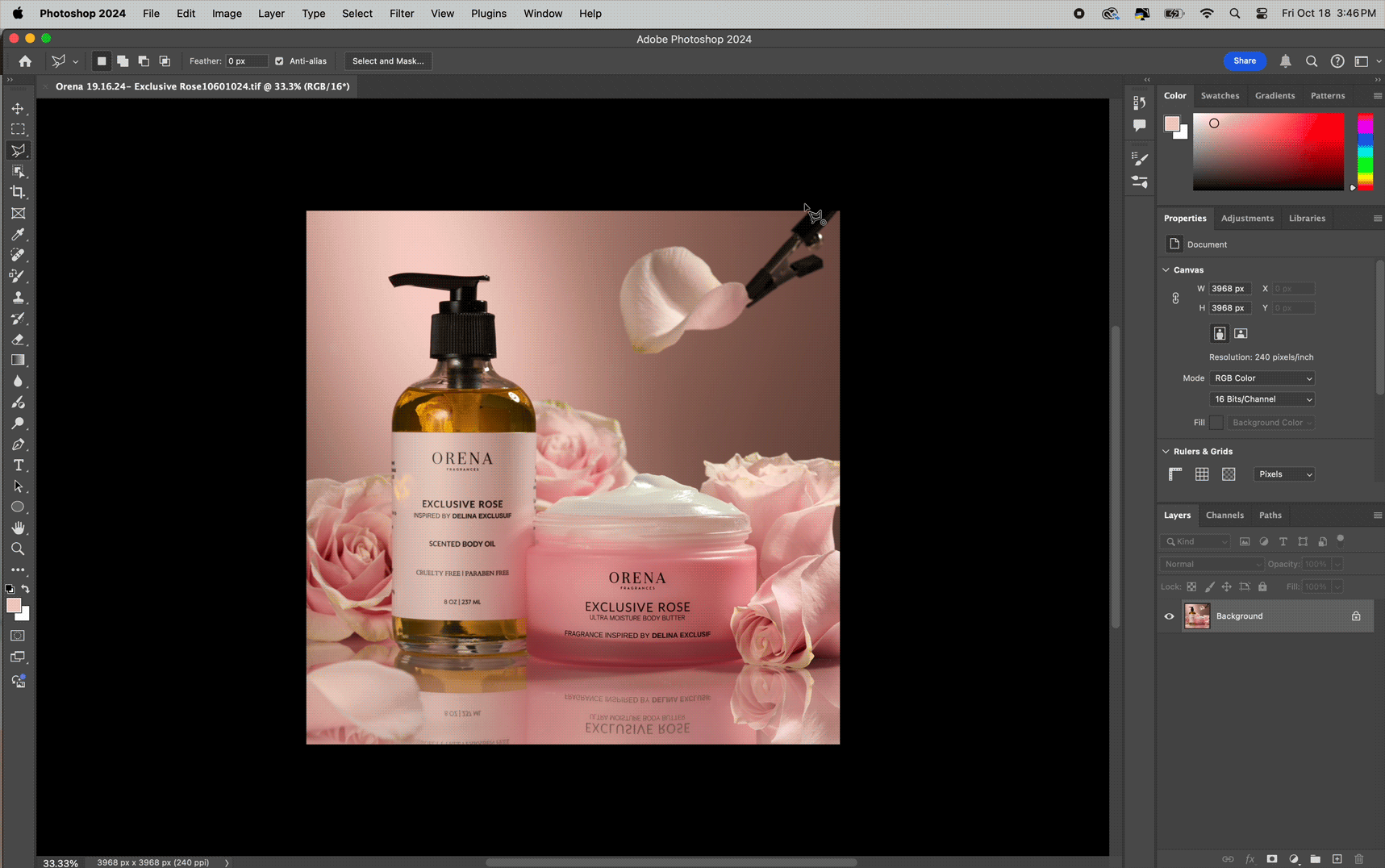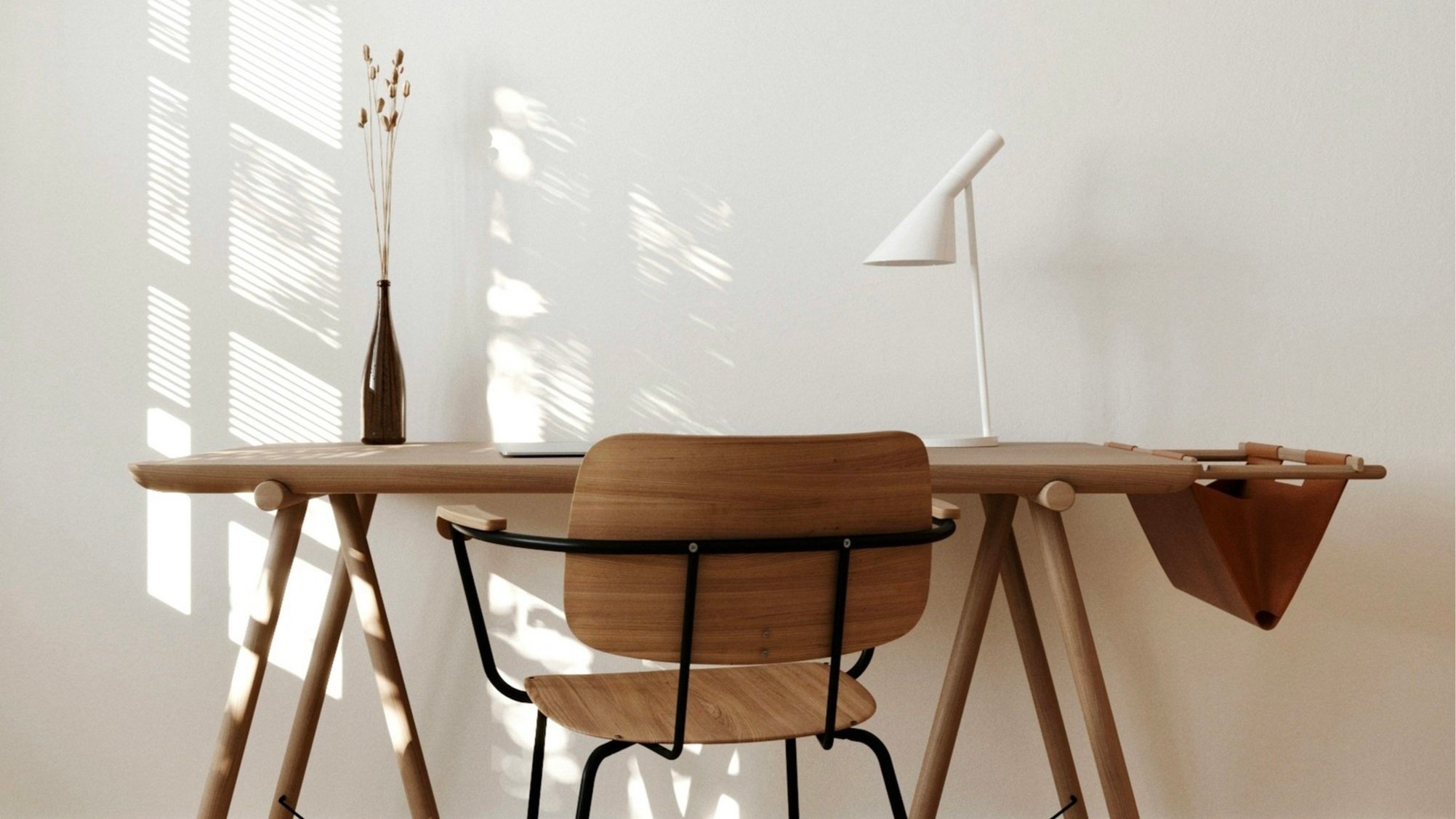Top 5 Tips for Shooting Product Photography in Natural Light
One of the most effective and budget-friendly ways to create captivating product images is by utilizing natural light. In this article, we'll explore the top five tips for shooting product photography in natural light, ensuring that your images stand out and leave a lasting impression on your client’s audience.
1. Choose the Right Location
The first step to successful product photography in natural light is selecting the perfect location. Look for an area with ample natural light, preferably close to large windows or doors. Natural light tends to be softer and more flattering, providing a smooth and even distribution across your subject. Only use direct sunlight if your goal is to create harsh shadows. If your location has access to both direct and indirect sunlight, consider using diffusers or white sheets to soften and control the light falling on the subject.
2. Time Your Shoot Wisely
The timing of your product photography session is crucial when using natural light. The best times to shoot are during the "golden hours" – the first hour after sunrise and the last hour before sunset. During these times, the sun is low in the sky, providing a warm, diffused light that enhances the overall appeal of your images. Shooting during midday can result in strong overhead light and unflattering shadows. Be patient and schedule your shoots around the optimal lighting conditions to achieve stunning results.
3. Master the Exposure
Properly exposing your product images is essential to bring out the details and highlight the features you want to showcase. When shooting in natural light, make use of your camera's exposure compensation to fine-tune the exposure settings. Adjust the settings until you achieve the perfect balance between highlights and shadows. Remember that slightly underexposing the image can often be better than overexposing, as you can recover some details during post-processing.
4. Utilize Reflectors and Fill Lights
While natural light is beautiful, it can be unpredictable and may create unwanted shadows on your subject. To counteract this, consider using reflectors or fill lights to bounce light back onto the product and fill in the shadows. Reflectors can be as simple as white foam boards or purpose-built collapsible reflectors. They help soften the shadows and create a more balanced and professional look. Experiment with different angles and positions for the reflectors to find the best setup for your specific product.
5. Keep the Background Simple
When shooting product photography in natural light, it's essential to keep the background simple and clutter-free. A clean background allows your product to be the focal point of the image and ensures that nothing distracts the viewer from the item you want to sell. Opt for neutral-colored backdrops that complement your product and don't clash with its colors or style. You can use plain walls, tabletops, or seamless paper rolls to achieve a seamless and elegant background for your product images.
Conclusion
Incorporating natural light into your product photography workflow can significantly enhance the quality and visual appeal of your images. By choosing the right location, timing your shoots, mastering exposure, utilizing reflectors, and keeping the background simple, you can capture stunning product photos that make a lasting impact on your audience. Remember to always experiment, analyze your results, and continuously improve your techniques to stay ahead in the competitive world of e-commerce.
FAQs
1. Can I shoot product photography outdoors in natural light?
Absolutely! Outdoor locations with ample natural light can be an excellent option for product photography, as long as you choose a spot with consistent lighting conditions.
2. Do I need expensive equipment for shooting in natural light?
No, shooting in natural light doesn't require expensive gear. A decent camera, a tripod, and some basic reflectors are often enough to get started.
3. What is the best camera setting for natural light photography?
The ideal camera settings may vary depending on the lighting conditions, but starting with an aperture of f/8-f/11, ISO 100-200, and adjusting the shutter speed accordingly can be a good starting point.
4. How can I avoid harsh shadows when shooting in direct sunlight?
Using diffusers or finding a location with indirect sunlight can help soften the light and minimize harsh shadows.
5. Can I edit my natural light product photos after the shoot?
Yes, post-processing can enhance your images further. However, strive to capture the best possible shot in camera to minimize the need for heavy editing.









Follow this product photography checklist to capture flawless e-commerce images that highlight your product’s best features and boost sales.